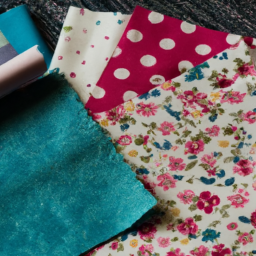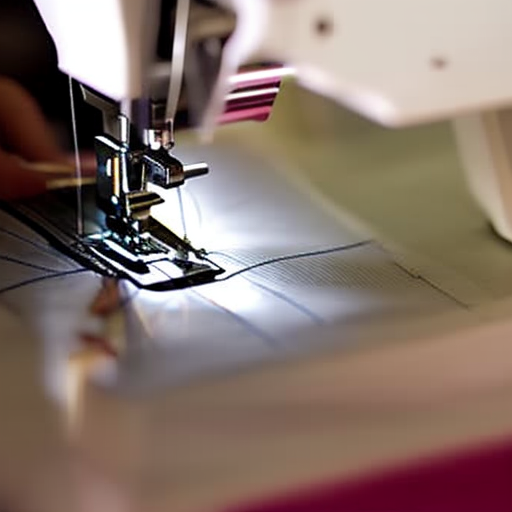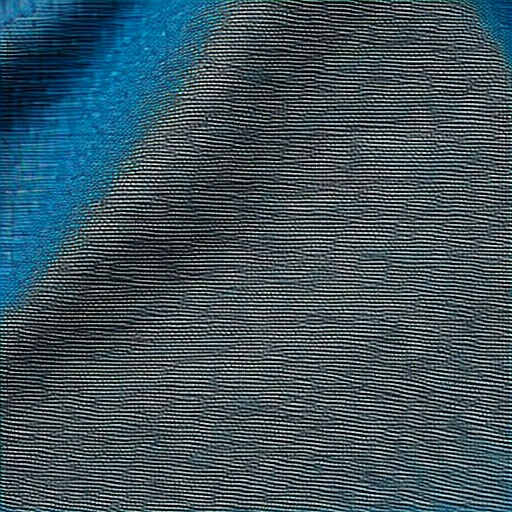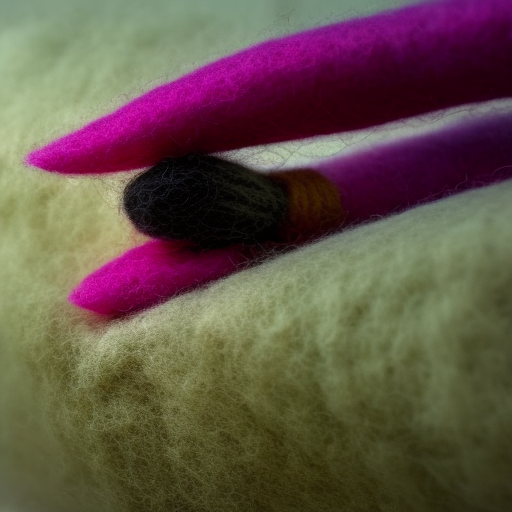
Introduction
Sewing is an essential skill for working with various materials like fabric, leather, and even plastic. Whether you are a beginner or an experienced seamstress, having the knowledge and ability to sew can greatly expand your creative possibilities. In this article, we will explore the art of sewing for different materials and provide tips and techniques to help you achieve beautiful and professional results.
Fabric Sewing
Fabric sewing is perhaps the most common type of sewing. Fabrics come in numerous textures, weights, and compositions, which requires different sewing techniques. When working with lightweight fabrics like silk or chiffon, using fine needles and delicate stitches will ensure the fabric remains intact. On the other hand, heavy fabrics like denim or canvas might require stronger needles and reinforced stitching to withstand wear and tear.

Leather Sewing
Sewing leather can be challenging yet rewarding. Leather materials are thicker and heavier than fabrics, so you need specific tools like leather needles and a heavy-duty sewing machine. Additionally, using a leather-specific thread ensures the durability of your stitches. Preparing the leather properly by marking stitch lines and using clips instead of pins is crucial to avoid damaging the material.

Plastic Sewing
Sewing plastic materials requires a different approach. First, it is important to use a heavy-duty needle made specifically for sewing plastic. It is also recommended to work slowly and avoid using heat or an iron on plastic fabrics, as they can melt or distort. Additionally, using strong polyester or nylon threads will provide the necessary strength and flexibility for plastic sewing projects.

Sewing Techniques
Regardless of the material you are sewing, there are certain techniques that are applicable across the board. Backstitching is a common technique used to secure the beginning and end of a seam. It involves sewing a few stitches forward, then sewing back over those same stitches before continuing forward again. This strengthens the seam and prevents it from unraveling. Another useful technique is edge finishing, which involves using techniques like zigzag stitching or serging to prevent fabric fraying.

Conclusion
Sewing for different materials can be both challenging and rewarding. By understanding the unique needs of each material and applying the appropriate techniques and tools, you can create beautiful and long-lasting projects. Whether you’re making garments, accessories, or home decor items, sewing allows you to bring your creative visions to life. So, grab your needle and thread, and start sewing!





Awesome post!
Brittany Lee: Love the idea!
This is an amazing way to upcycle materials so they can be used again! #SewingSavesMoney #SustainableLiving
This is a great way to reduce waste and create something unique and beautiful at the same time- love it! #DIYProjects #SewingForTheWin
Absolutely inspiring! Sewing for a cause can make a huge difference in the world. #RepurposingMaterials #SewingForMaterial